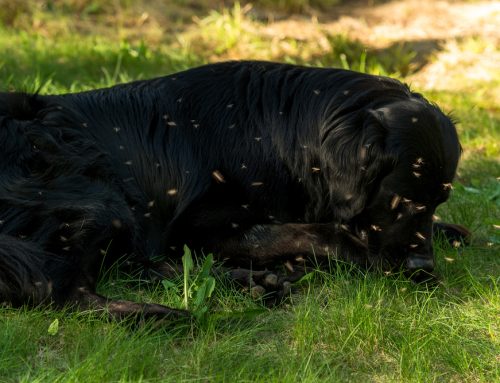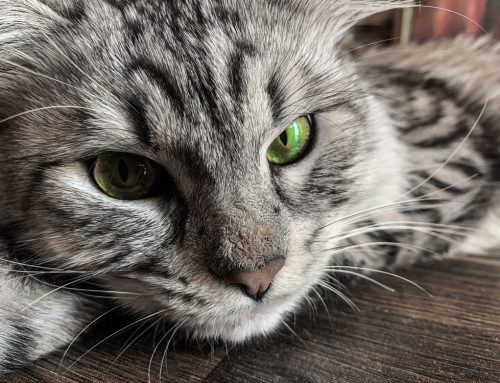In veterinary medicine used to be that taking radiographs, or x-rays, was a pretty involved process. At least two people would have to dress in lead protective equipment, position the (sometimes less than willing) animal on the table in order to provide a good picture of the area of interest.
Then an exposure was made and one of those individuals would have to trek to the dark room, run the film through a series of messy and stinky chemicals (in the dark!!!). After this was complete, the veterinarian or technician would have to evaluate the resulting film and say that the positioning and picture was satisfactory, or… say it was not and make the individuals repeat the process over and over until they were satisfied.
Well, no more. Digital radiography is fast taking over the veterinary world. Now the two people taking the pictures instantaneously are able to see what they have taken a picture of. If they need to move the animal a little to the right, stretch the legs out a little more, or even change the settings on the machine, they are able to do so right then and there, without waiting.
This has dramatically increased the speed at which x-rays are able to be taken. Also, it decreases the exposure of both the staff and pets to radiation by decreasing the number of “retake” films needed.
Besides that, no more chemicals are needed for processing, and storing and organizing all the pictures taken over the years is a breeze! Not to mention it is so much easier to send copies of any radiographs taken to a referral hospital or another veterinarian for a second opinion.
Also, digital films provide a clearer, more detailed image than do traditional films, allowing us to gain more information from the x-ray than we could previously. Just one more way technology is improving the quality of life at your local veterinary hospital.






